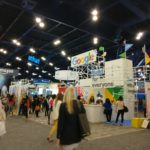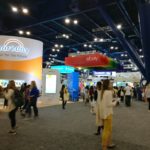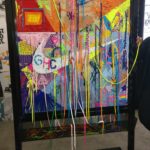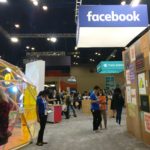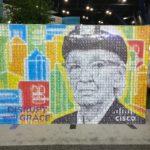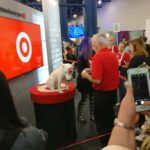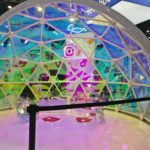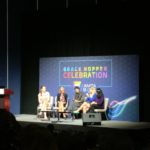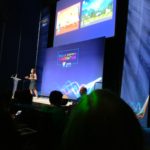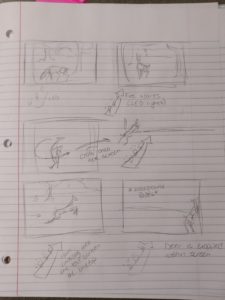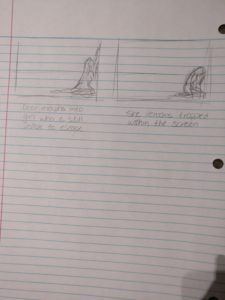History of Holography
The concept of holograms, though futuristic sounding, dates back to 1948, when it was first thought of by Hungarian scientist, Dennis Gabor. Since then, it’s an idea that has been poked, prodded and expanded in the realms of science, science fiction, and art. In the mid 1970’s, embossed holograms were invented, the first example of mass produced holographic imagery. They’re the silver-rainbow stickers found on your credit cards!
I also want to take a quick moment to spew out some statistics about deforestation. As that would heavily impact my project and storyline, I feel it’s important to get some background knowledge on the topic. According to the UN’s Sustainable Development Goals site, the earth’s forests have shrunk from “4.1 billion hectares in 2000 (or 31.2 per cent of total land area) to about 4 billion hectares (30.7 per cent of total land area) in 2015.” Although that .5% may not seem like much, especially in 15 years, that’s still over 1 billion people whose livelihood depends on these forests affected, and that percentage is still decreasing. Good news, it’s decreasing at a slower pace than before. Bad news, deforestation, illegal poaching, invasive species, pollution, etc. have triggered an alarming trend in wildlife extinction. I’d like to do more research on how to best portray and combat these issues.
Sources:
History of Holography
https://sustainabledevelopment.un.org/sdg15
Current State
Although true holography like what we come to expect when we watch movies (think Treasure Planet or Gaurdians of the Galaxy or even that scene in The Hunger Games) hasn’t been achieved yet–at least commercially, there is a burst of emerging tech that’s toeing the line. The Microsoft Hololense, for instance, uses mixed reality to imitate holographic imagery filtered through smart glasses. Although holograms are, by definition, a photographic recording of light without the aid of screens, I’d say that mixed reality in general is a sort of parody of the spirit of holography. There have been practices that involve projecting onto a thin mist to create the illusion of holograms, as Professor Ault mentioned before (https://makezine.com/2014/04/18/fog-projection-combined-with-gestural-interface-to-create-hologram-touchscreen/). Similarly, I remember the Japanese “Vocaloid” craze from back when I was in middle school. Upon further research, it seems that the holographic performers were projected onto a transparent screen. So again, not a real hologram. Rather, they are considered variants of “Pepper’s Ghost” technology (name derived from John Henry Pepper, who popularized the technique).
And finally, the most widespread DIY hologram project–the CD case. This is the technique I plan on using for practicality purposes.
As of today, there are a couple companies that have cropped up to exploit the holography craze. MDH Hologram (http://musion.com/) is one of them, and is currently owned by Giovanni Palma. They also use Pepper’s Ghost technology for mainly purposes of entertainment. Liti Holographics (http://www.litiholographics.com/about.html and yes, that is the actual name of the company. I chortled.) is another company that commercializes the use of holography. They apply it more towards the corporate consumer, marketing mostly to businesses rather than entertainment consumers. This company was founded by Paul Christie and Brian Christie. Paul Christie was mentored by Steve Benton, a pioneer of holography. These people might be worth reaching out to.
To continue my research, I plan on:
- Looking through the internet and our campus resources on both holographic techniques and environmental studies
- I have friends in computer science and engineering who will hopefully be able to help me out with motion sensors should I need it. I’ll also talk to John Kuiphoff to see if he can help with it.
- Contacting the Rainforest Connection if there’s something I think they can help with or for general fact gathering
- I feel like most of my research that involves reaching out to people will be centered around my narrative, as that’s the most vague aspect of my project. I need to look into how to achieve indirect impact and ways to make the viewer’s experience meaningful.
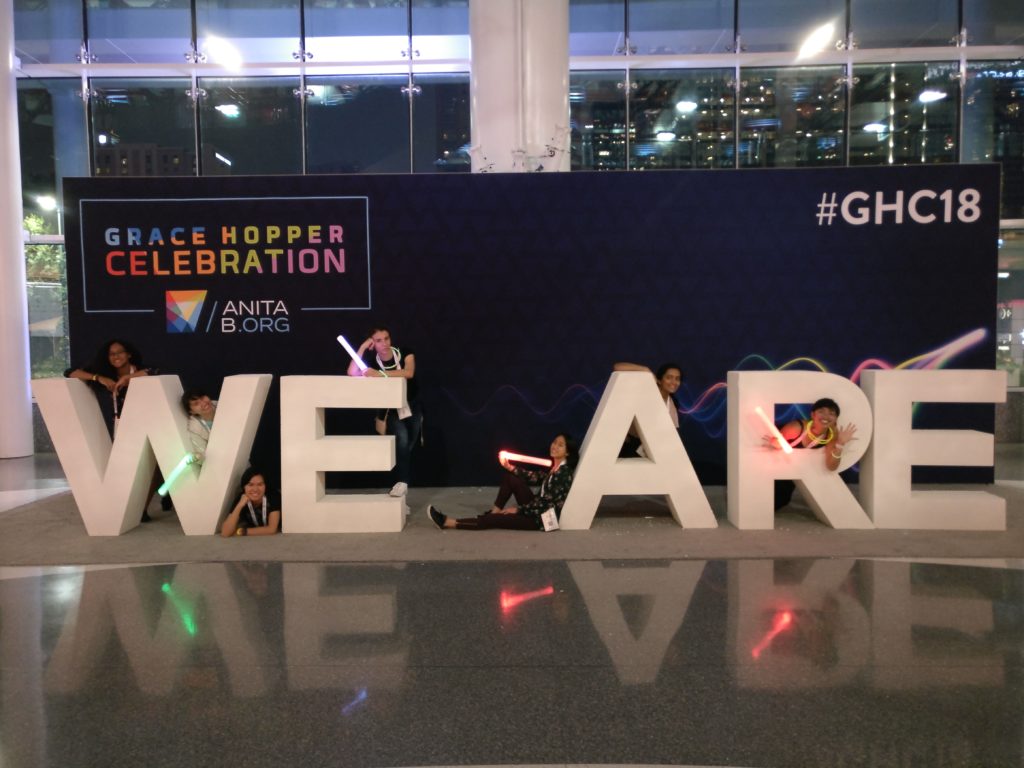 Early this year in September, I attended the 2018 Grace Hopper Celebration (https://ghc.anitab.org/ghc-18/) in Houston, Texas. This annual conference is a celebration of women computer scientists and women in technology. I was lucky enough to attend as a student scholar, so my advice to anyone who’s interested in attending is to apply for the scholarships! It’s so worth it.
Early this year in September, I attended the 2018 Grace Hopper Celebration (https://ghc.anitab.org/ghc-18/) in Houston, Texas. This annual conference is a celebration of women computer scientists and women in technology. I was lucky enough to attend as a student scholar, so my advice to anyone who’s interested in attending is to apply for the scholarships! It’s so worth it.